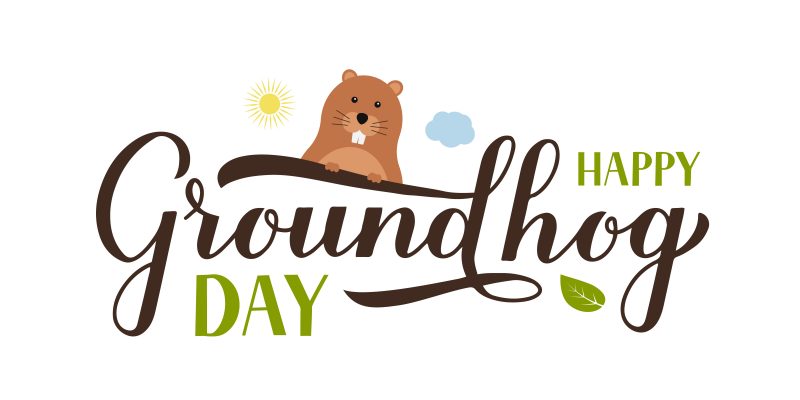“Groundhog Day” is my favorite movie. I love it so much that it even inspired a visit to Punxsutawney, PA on Groundhog’s Day. Spoiler alert: it was everything I hoped it would be, and I totally recommend going.
Why do I love this movie so much? Let’s just start with the facts that it stars Bill Murray and was written and directed by Harold Ramis, so it’s funny. But it’s also deep. It’s about discovering what’s really important in life. From a professional perspective it interests me, because it’s about repetition. If you’ve heard me talk, you know I keep repeating myself about repetition. Repetition is the mother of habit, but in this movie, it’s also an opportunity.
In the movie, it’s the same day over and over again. In real life, it’s not the same day over and over again. But it kind of is. Maybe even more so during the last 12 months as the pandemic has eliminated so many other activities. We wake up, we brush our teeth, we eat, we take care of our families, we work, we go to sleep. Repeat. It’s so familiar that we can stop thinking very much about or paying attention to these activities.
When Bill Murray’s character realizes that every day is the same, he discovers that he’s free to change. He can talk to new people, discover new places to go, and learn new things. By the end of the movie, he’s changed. Arguably, he’s a better and happier person.
It’s true for us, too. Each morning the alarm clock goes off, and we begin a new day. And in that day we aim to earn a living, be good spouses and parents and neighbors, and to do all those other things that make up our lives and give them meaning. But how we do them is up to us, and we can bring more of our attention and intention to those activities.
And it’s true for the daily grind of our work. Each day at work may look very much like the last day at work with many of the same activities and same people. The repetitive reality of work prompts a relentless drive toward complacency as it becomes so familiar that we can stop thinking very much about or paying attention to these activities.
However, it is possible for more attention and intention within that repetition. Check out our infographic on The Biological Basis of Complacency that offers a scientific definition of complacency and 6 tips to help safety professionals target the root cause of this hazard.
This Groundhog’s Day, we’re sending you warm wishes that you discover and cherish what is most important in your life, and if you and your team members need help avoiding complacency at work, we’d would love to be the first expert you reach out to for help.
